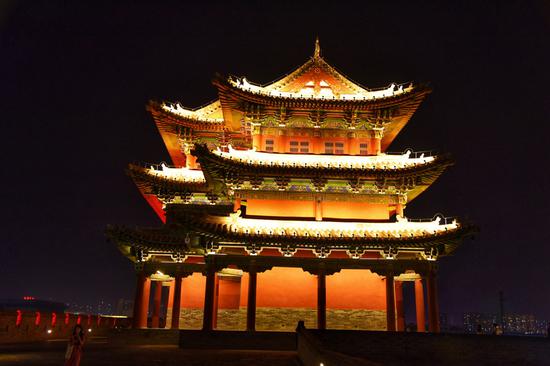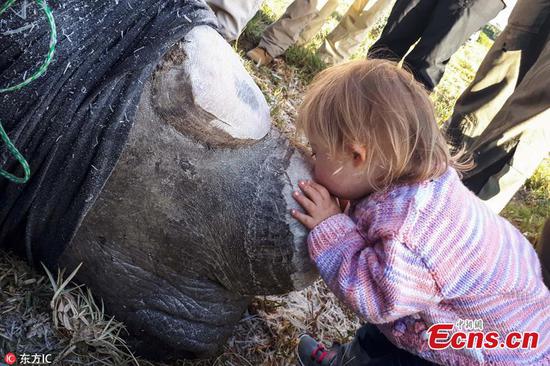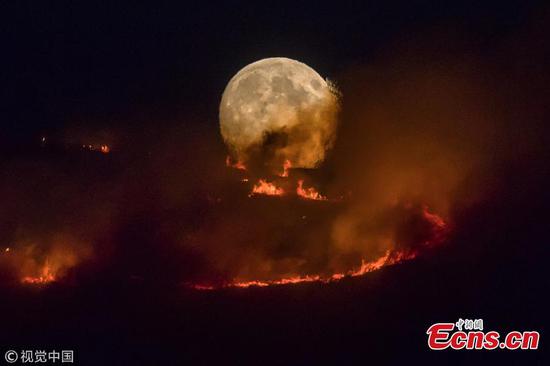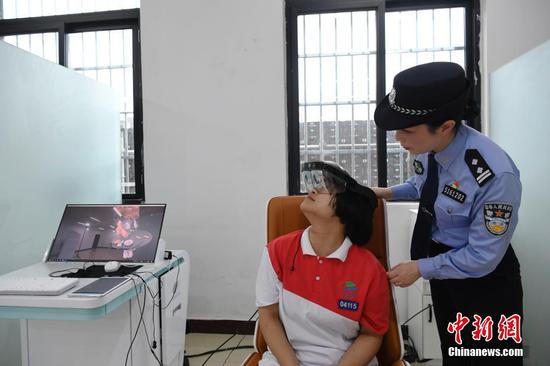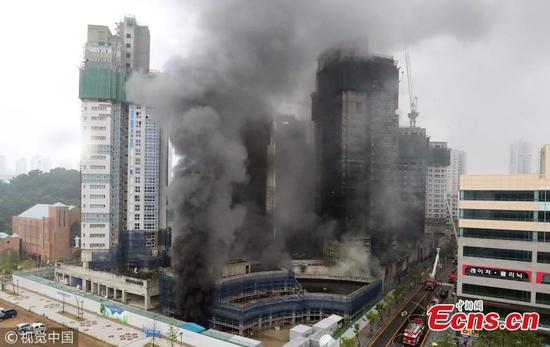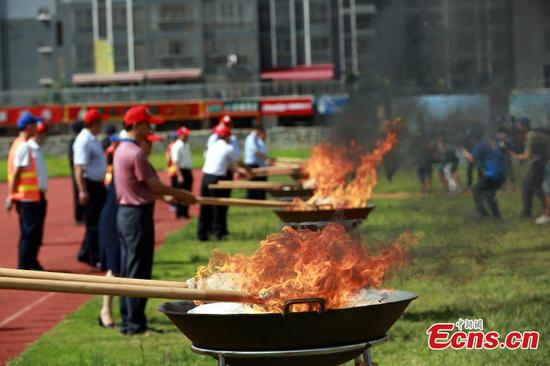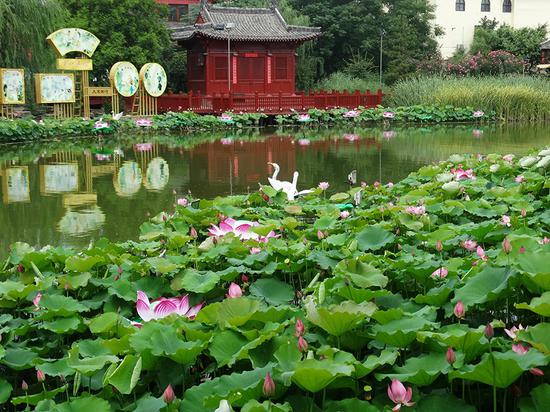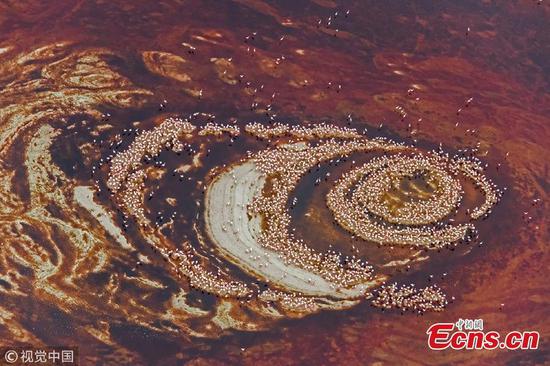Inspectors have found three bodies of water in Xi'an, Shaanxi province, that are black and smelly - including one traversing the ruins of an ancient capital - even though the city said it had eliminated such problems.
The Fengsanganqu channel crosses the ruins of the 2,200-year-old Western Han Dynasty (206 BC-AD 24) capital of Chang'an, which covers 36 square kilometers in the city's Weiyang district. Inspectors found about 70 percent of the 6.2-kilometer channel to be black and odorous.
Local authorities said the problem arises from a ban on construction in the protected area though they had drafted plans for water treatment more than a decade ago.
No sewage pipe network has been built along the black and odorous part of the channel. Raw wastewater from households and factories is discharged into it, the inspection team said.
It also reported that inspectors found more than 100 sewage drain exits along the 4.3-kilometer section, 26 of which were active when they visited the area. Rubbish was also found in the water.
Four criteria are used to classify water as black and odorous, including transparency and its dissolved oxygen content. A water body can be defined as black and odorous if the content of dissolved oxygen stands below 2 micrograms per liter and heavily black and odorous if it is below 0.2 mg/L. The dissolved oxygen in this channel's water was found to be 0.95 mg/L.
When China Daily visited the channel on Monday with an inspector, the water was smelly and murky. There was some waste visible, including half a watermelon.
Zhang Xiaopeng, deputy director of the water resources authority in Weiyang district, said the local government had drafted a plan to treat the water in 2004, but it was not approved by the cultural heritage administration.
Though the ruins are located between the second and the third ring road of Xi'an, the area is not included in the city as urban area because of the need for protection. There is no urban sewage pipe network, and residents must discharge their domestic wastewater into the river, Zhang said.
The channel needs to be excavated so a tunnel can be built for wastewater, he said, but construction is highly restricted because of the cultural heritage element.
"We have changed the construction plans many times, but it still needs permission from the cultural heritage administration," he said, adding that the latest plan was handed to the administration in May.
The channel was built in the 1930s for irrigation, but it became a wastewater receiver as the city developed.
In addition to being the Western Han Dynasty capital, Chang'an was important in nine other dynasties. In total, it served as a capital for about 350 years. Today's channel crosses two palace ruins.
Two sections of a local water body in Xi'an's Zaohe River area were also defined as black and odorous.
A campaign to treat such water was launched by the Ministry of Ecology and Environment and the Ministry of Housing and Urban-Rural Development in May.
A third batch of 11 inspection teams, including the one to Shaanxi, was dispatched on June 20 to the last 11 provincial regions in the Chinese mainland that have not been covered in previous inspections. The inspection will go until July 4.












